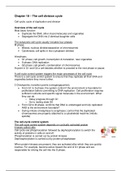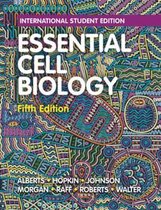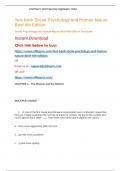Samenvatting
Summary Cell biology -- Chapter 18
- Instelling
- Vrije Universiteit Amsterdam (VU)
Orderly and clear summary of chapter 18 what is discussed during the cell biology lectures. It is a summary from the book "Essential Cell Biology " With this summary you will save a lot of time. I passed this course with a 7,5. Good luck :)
[Meer zien]






